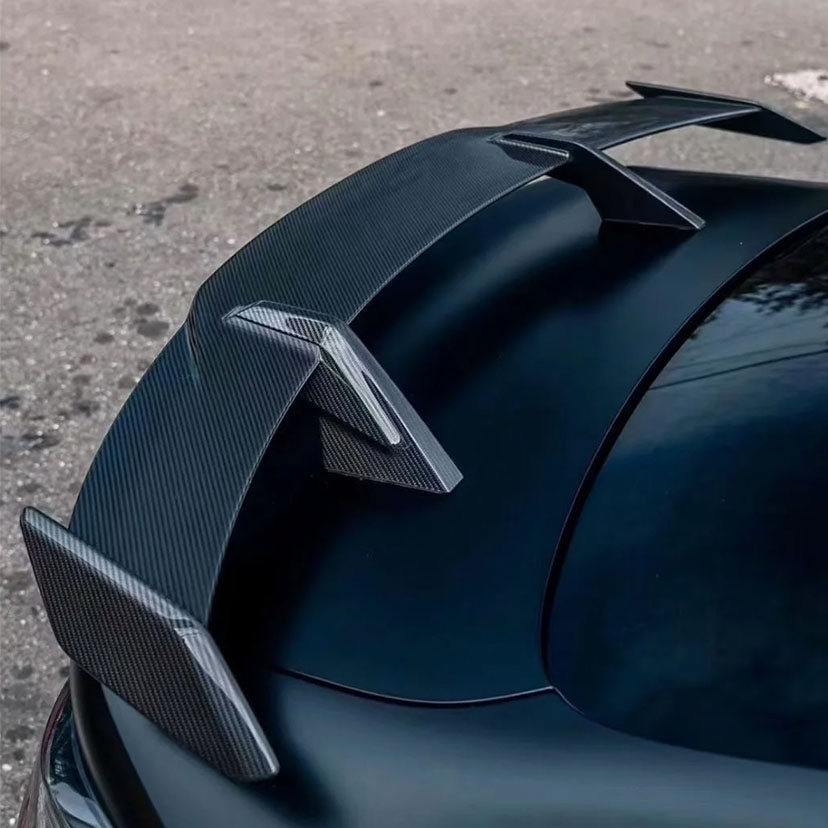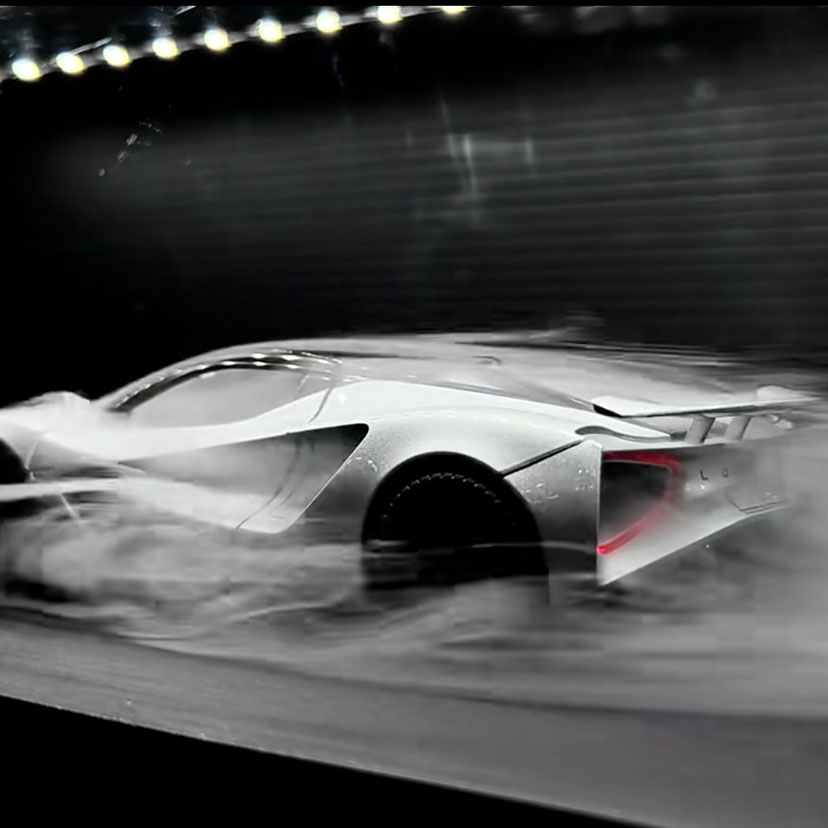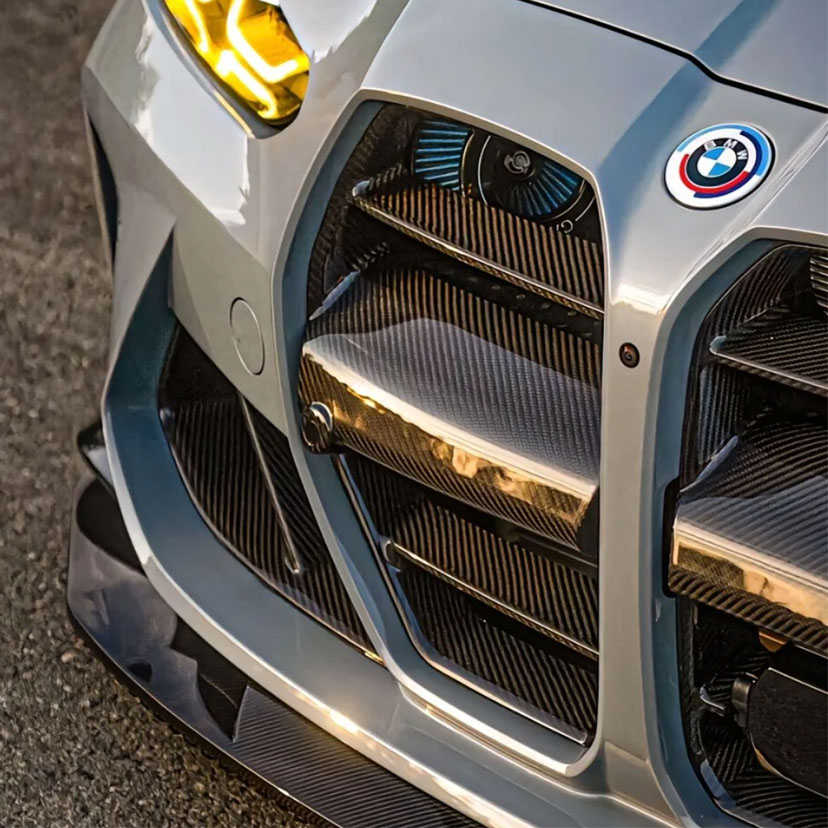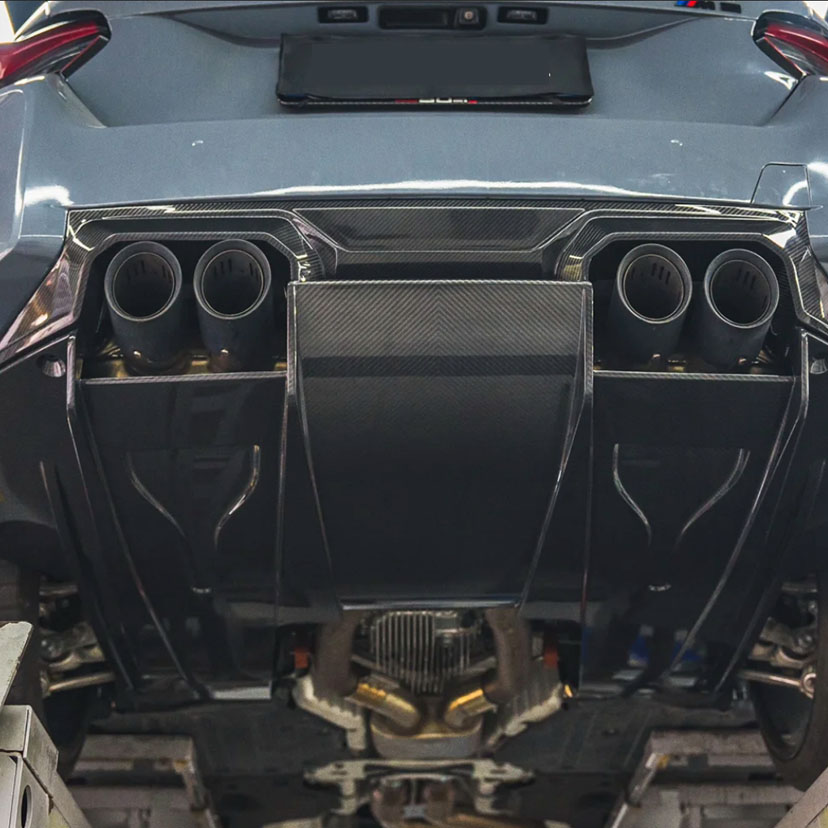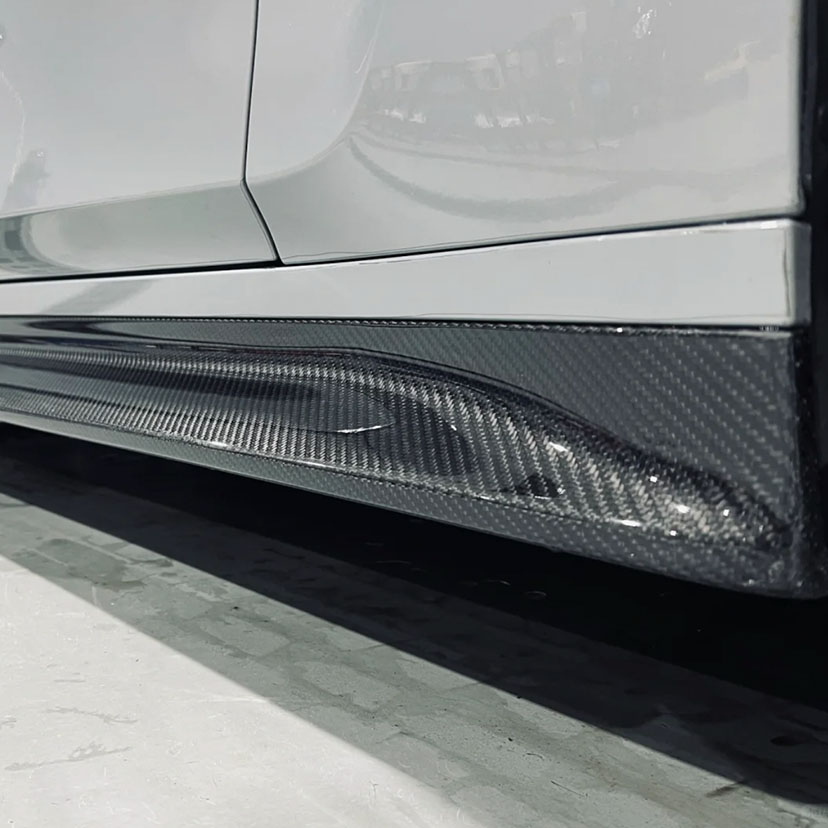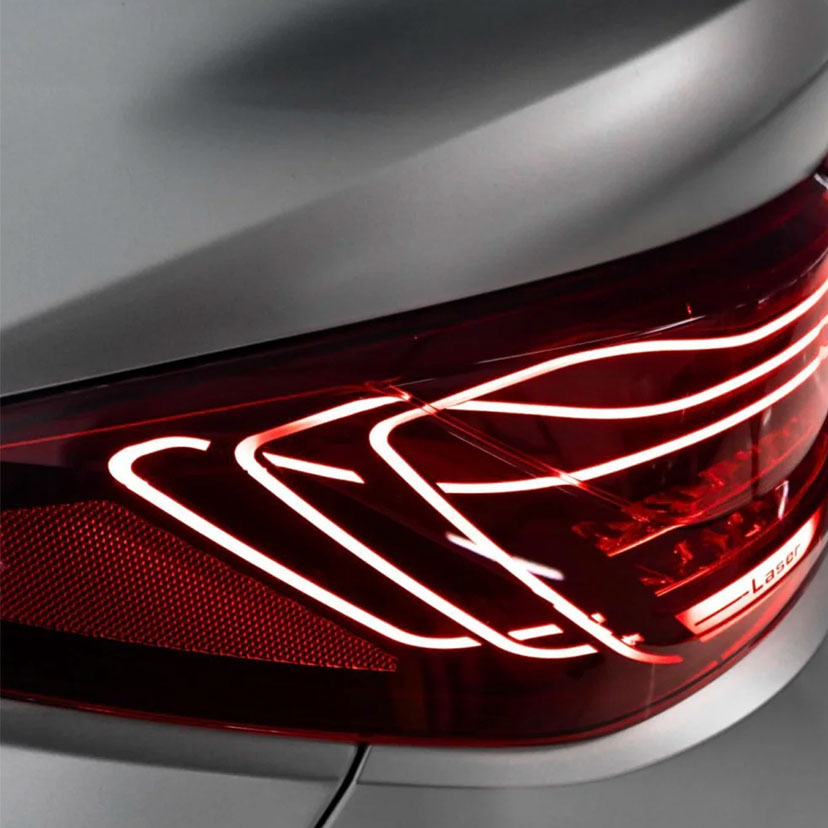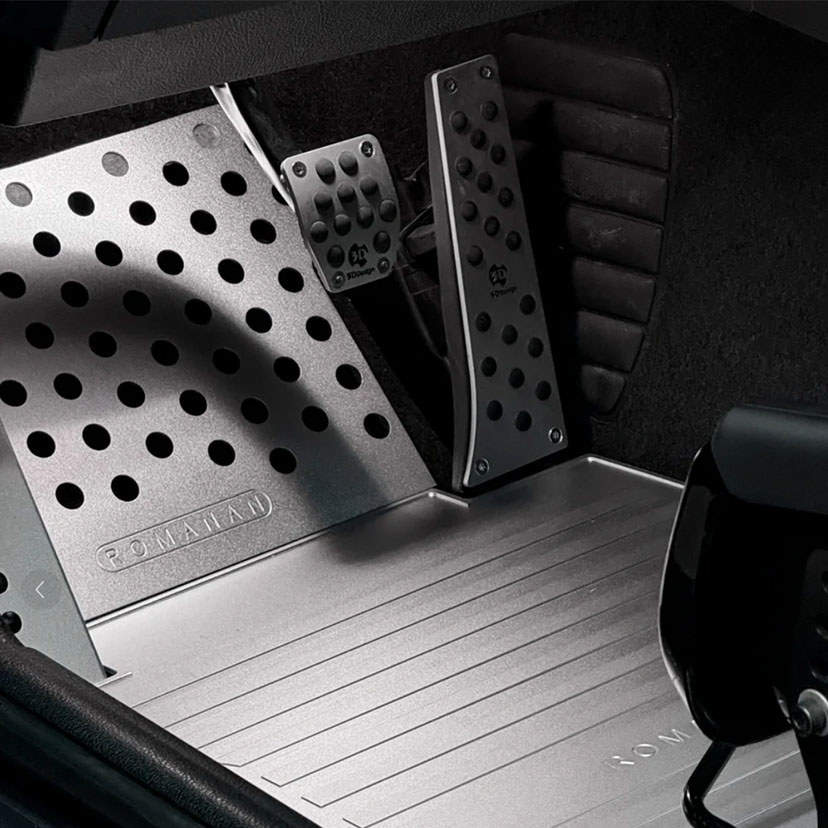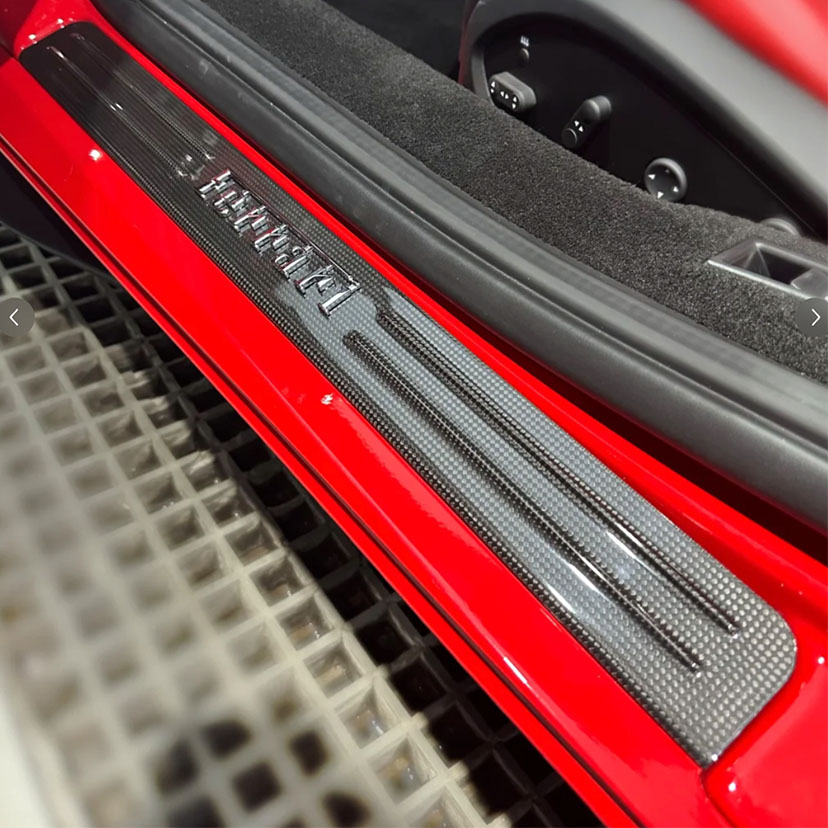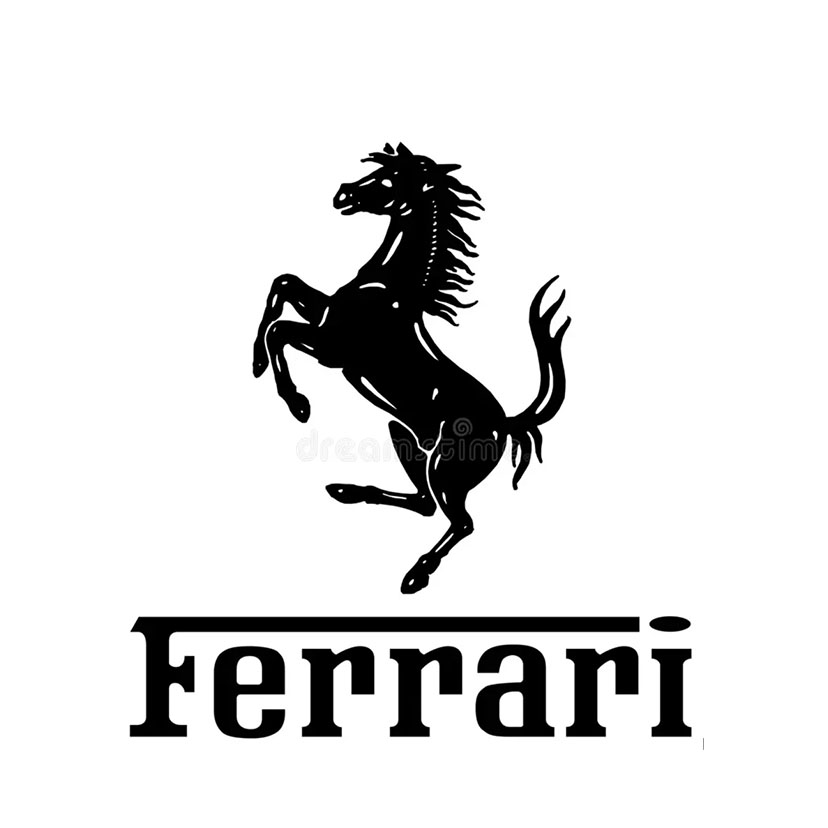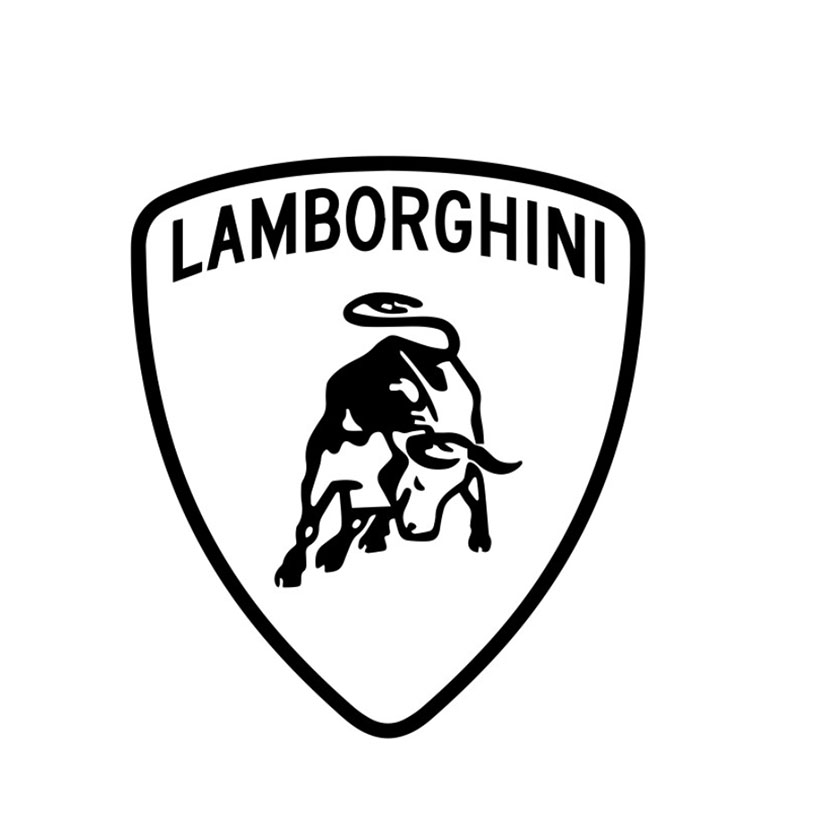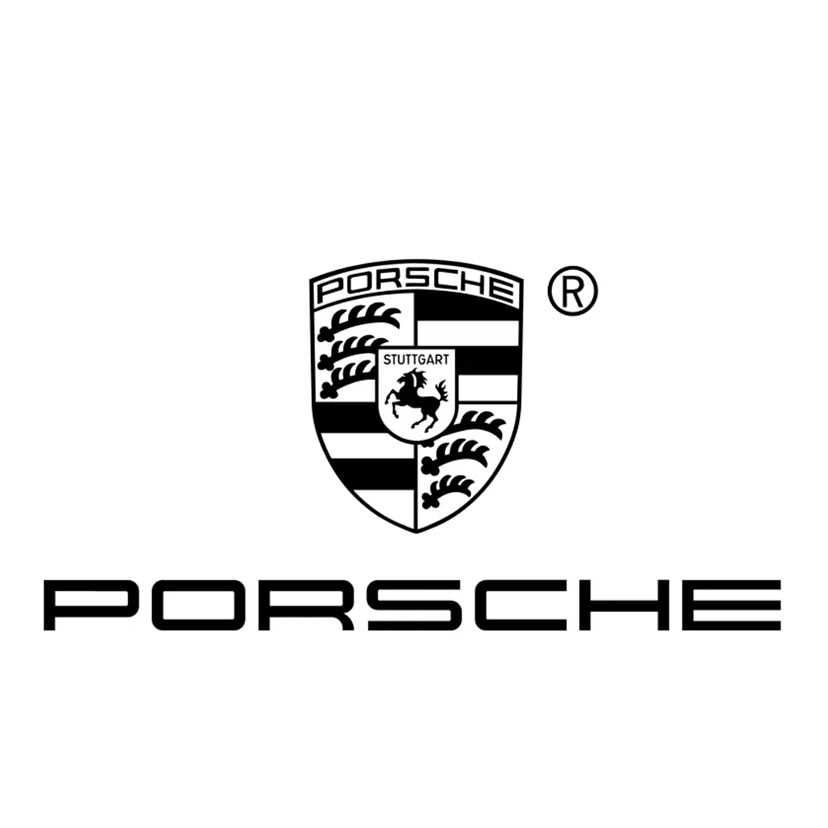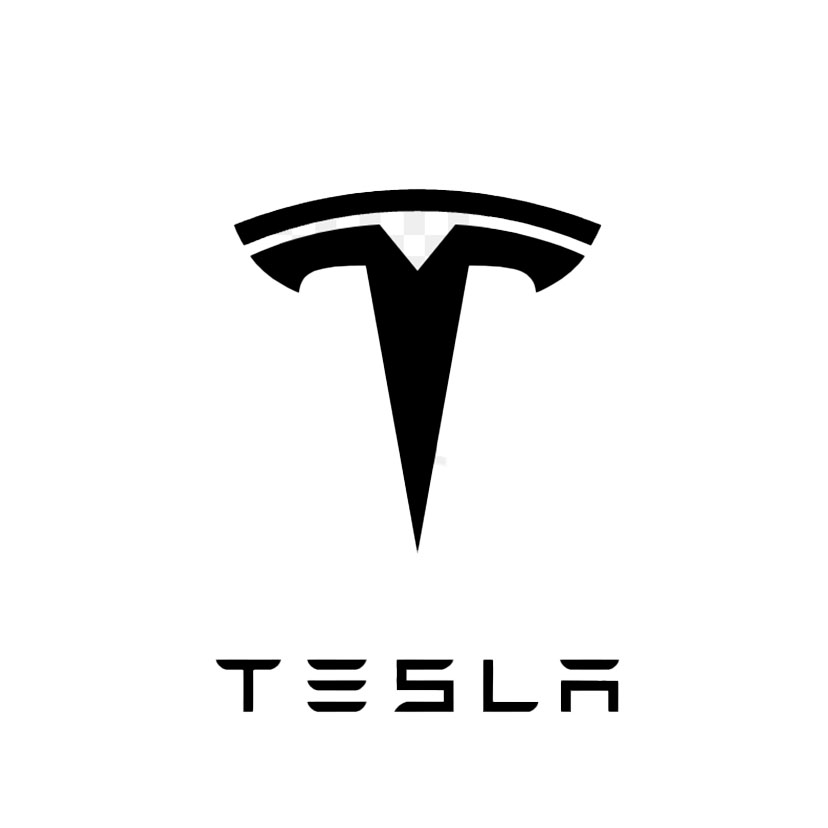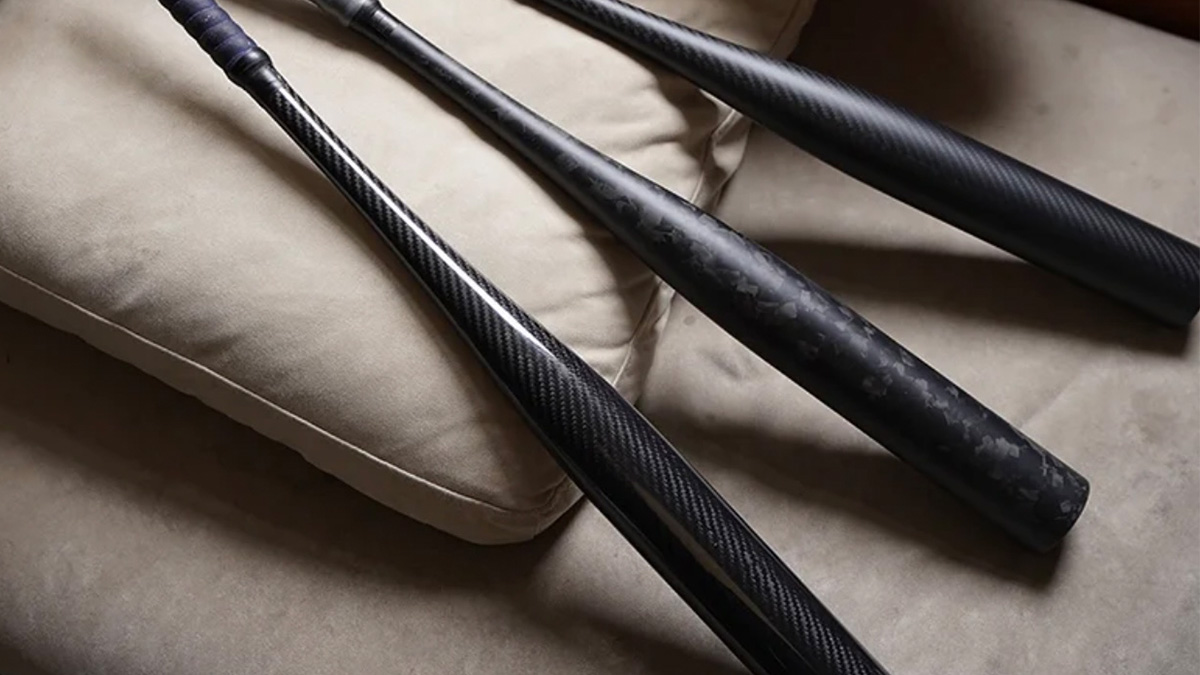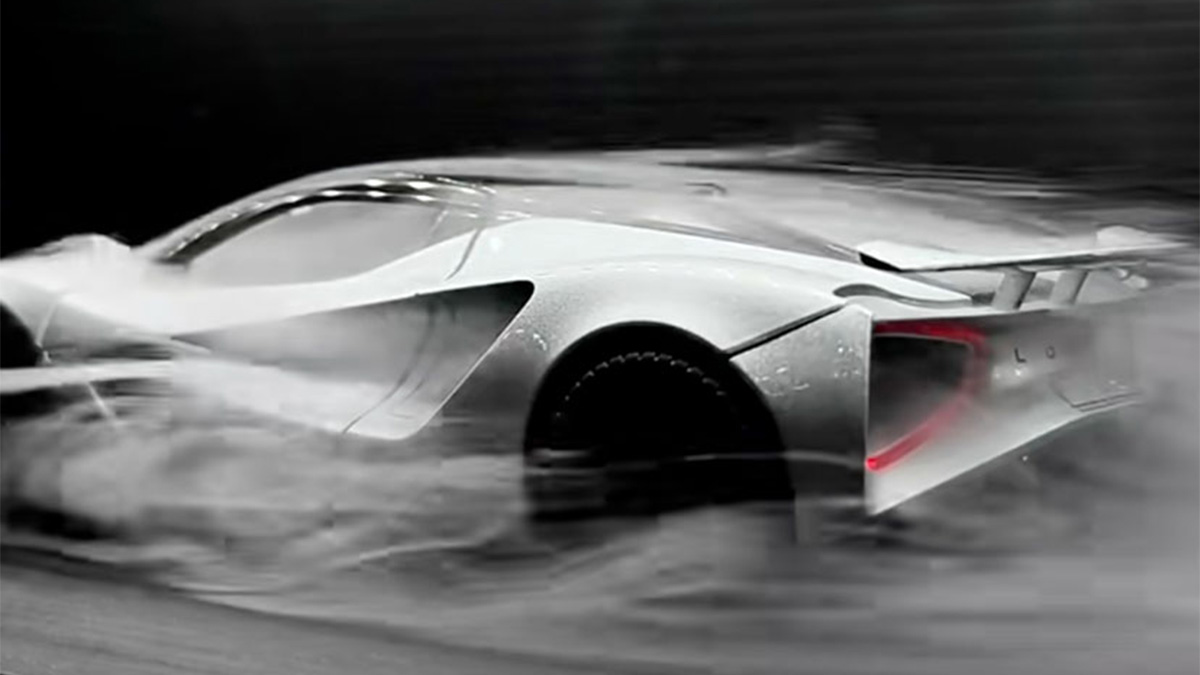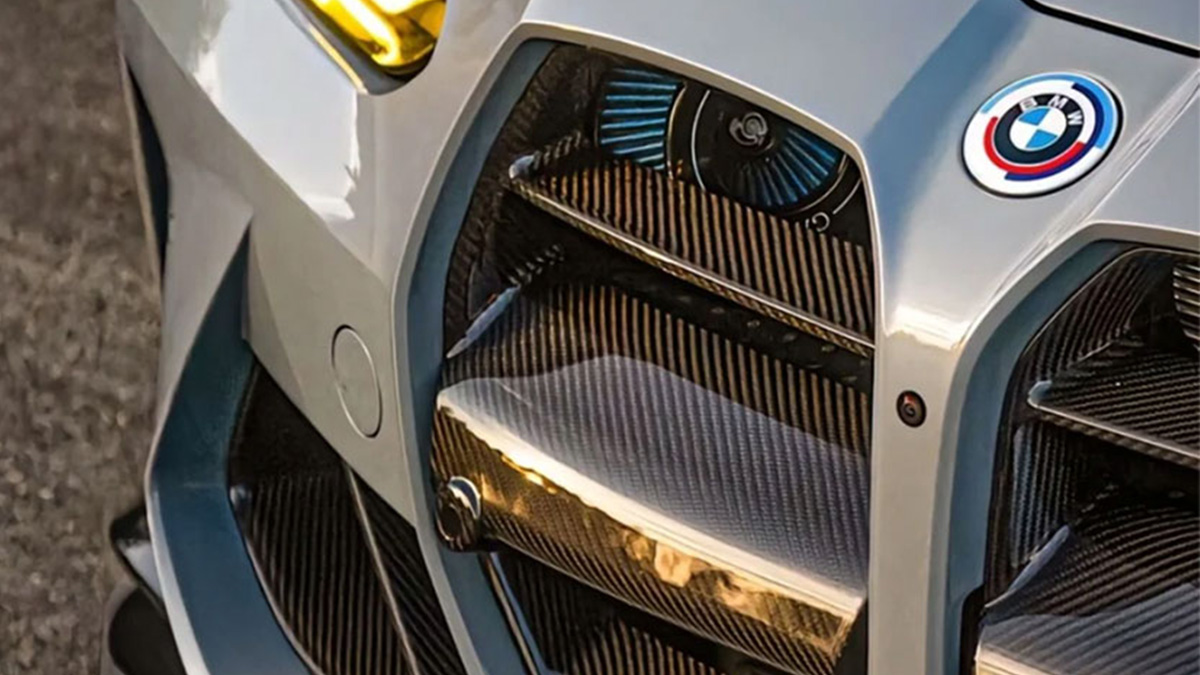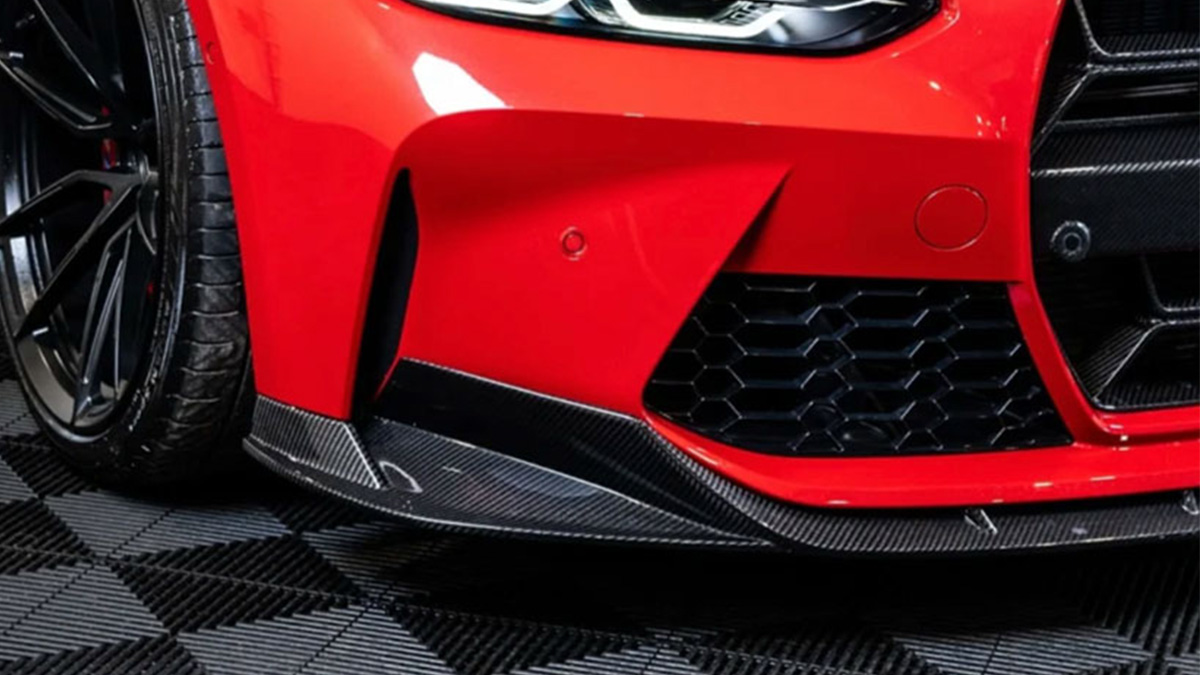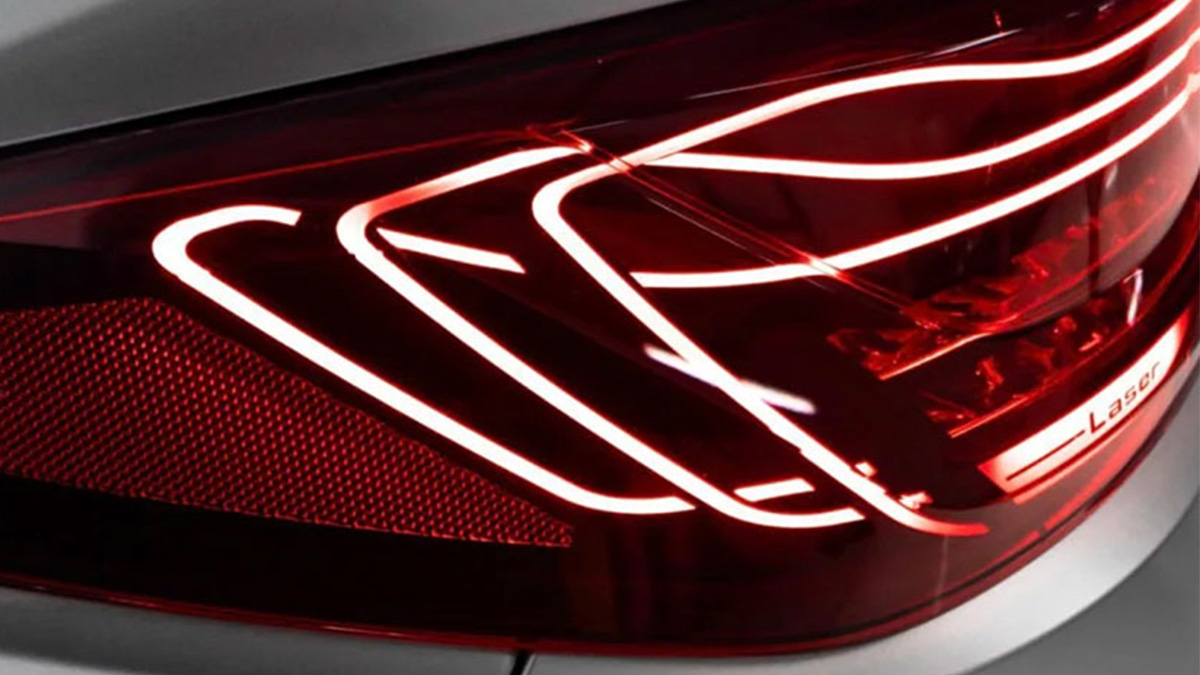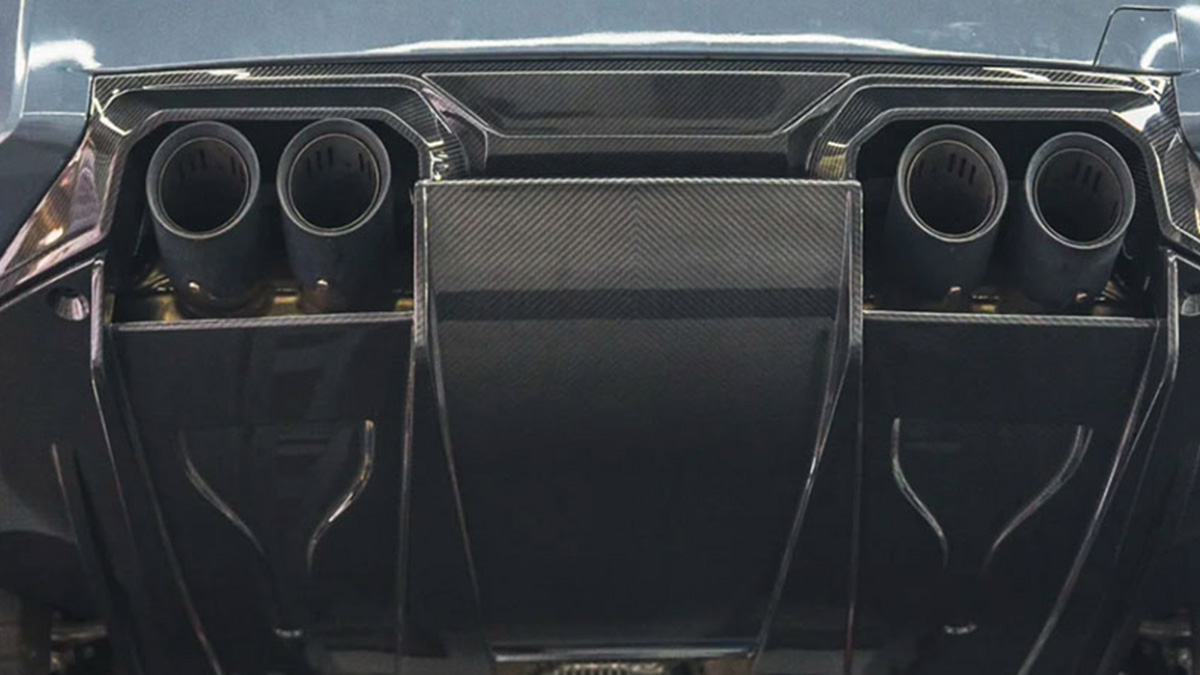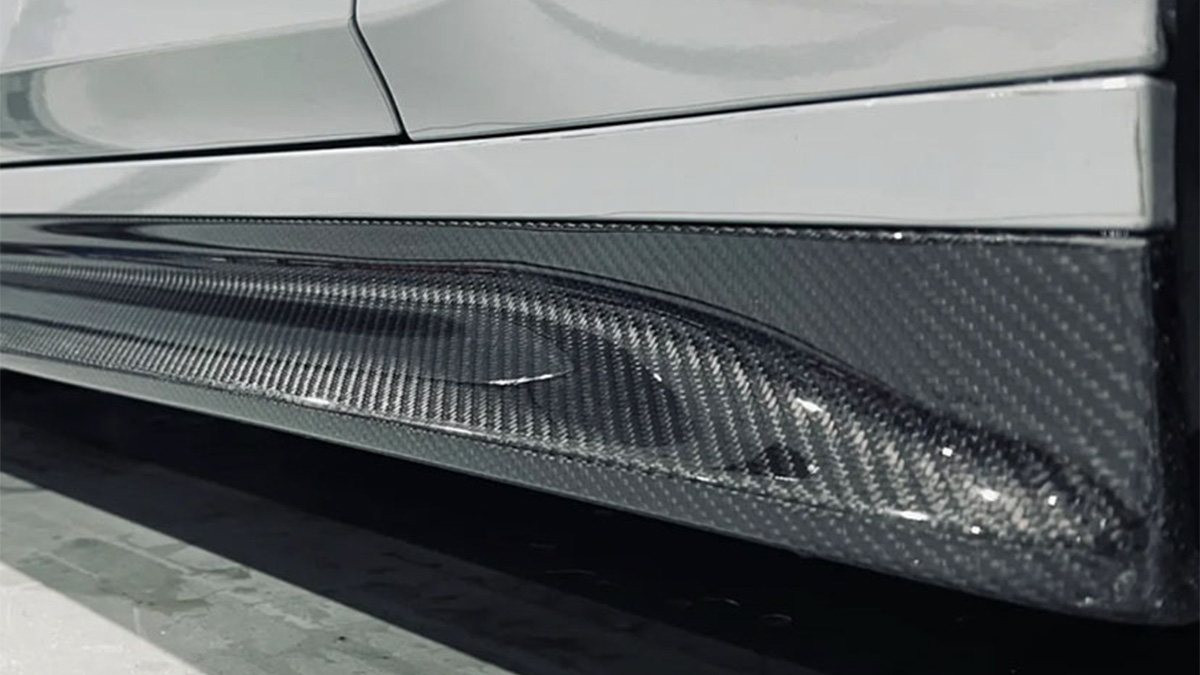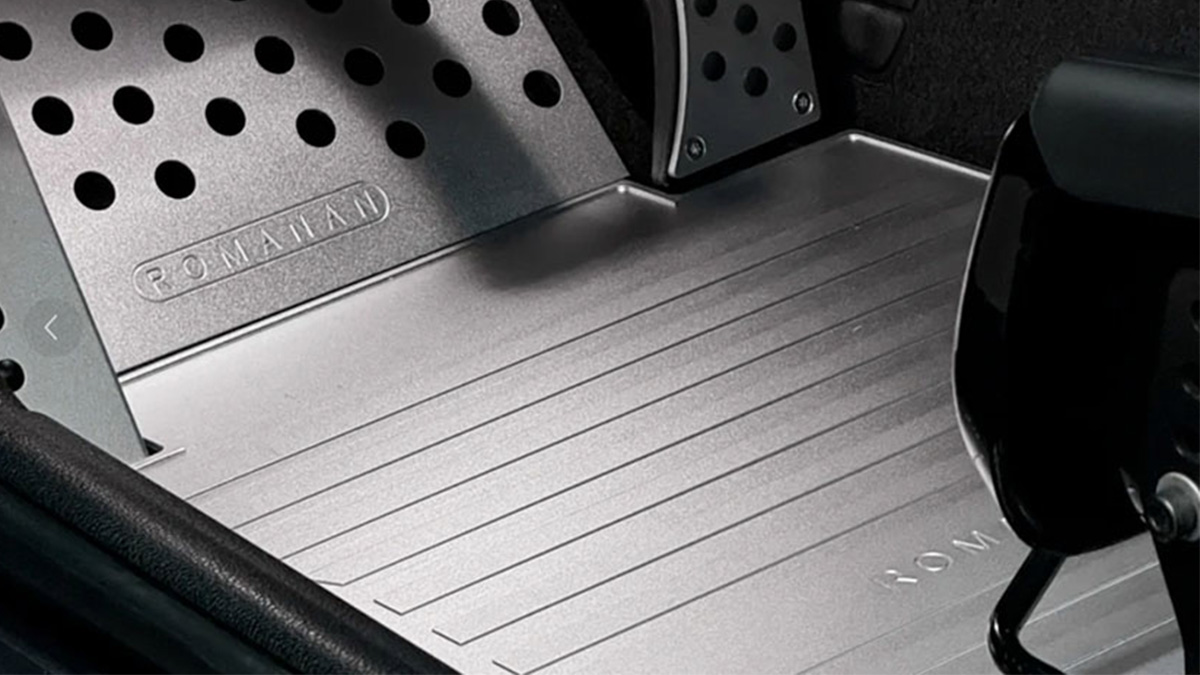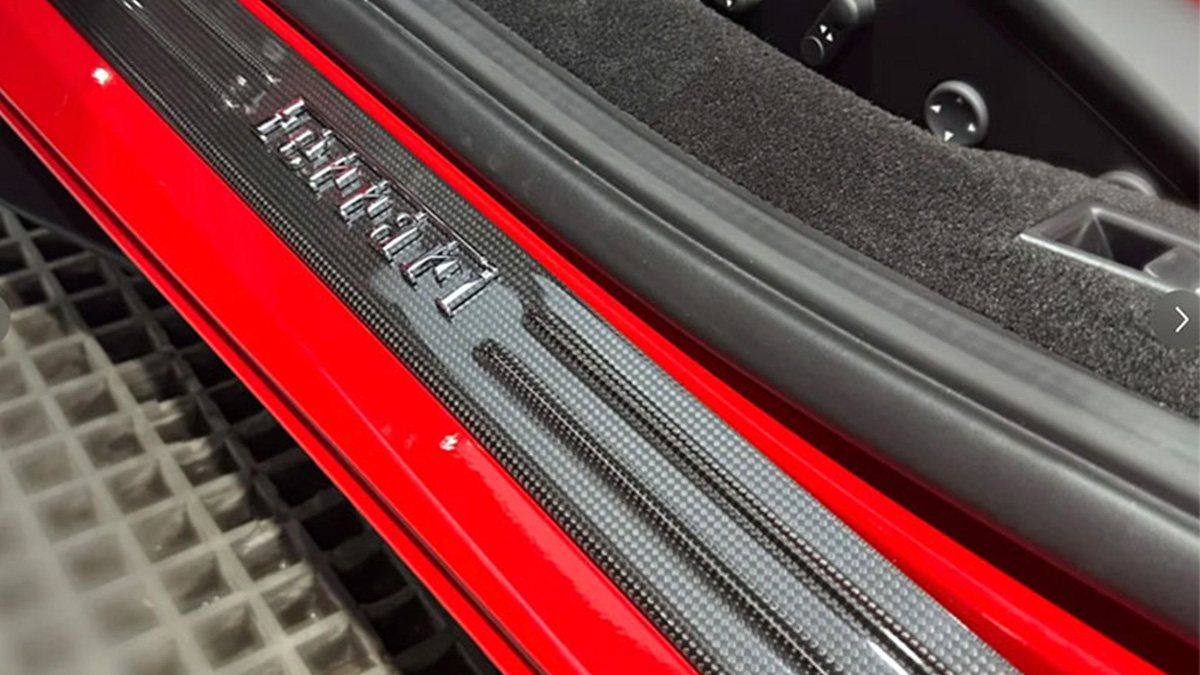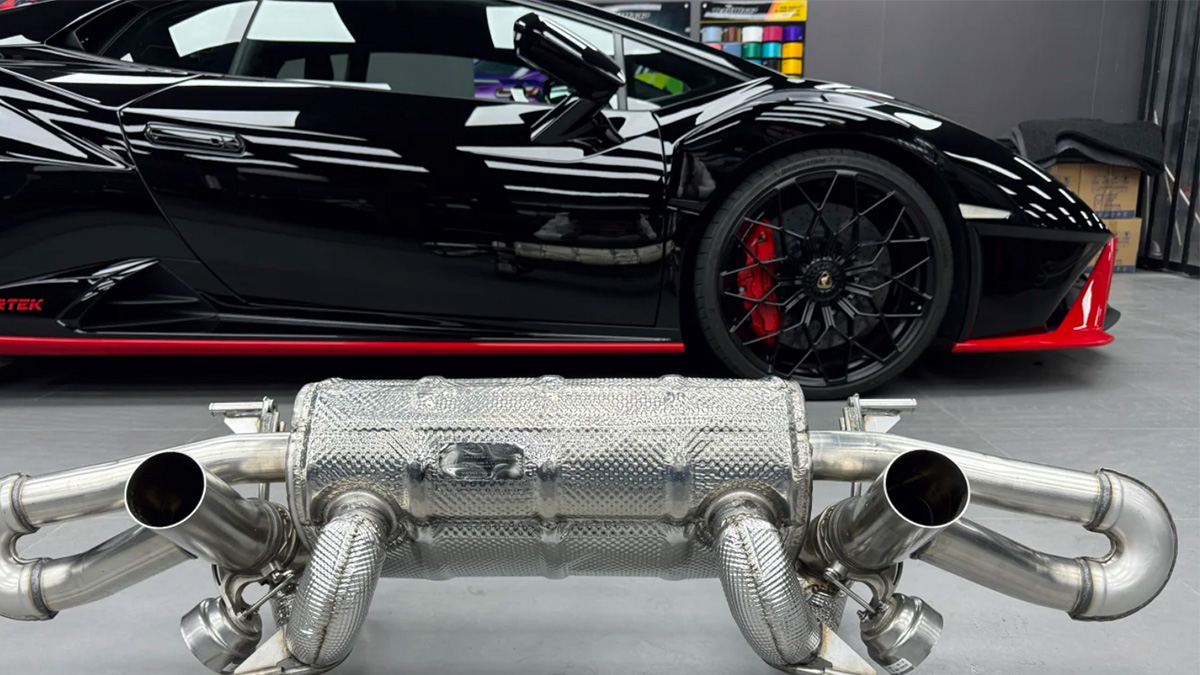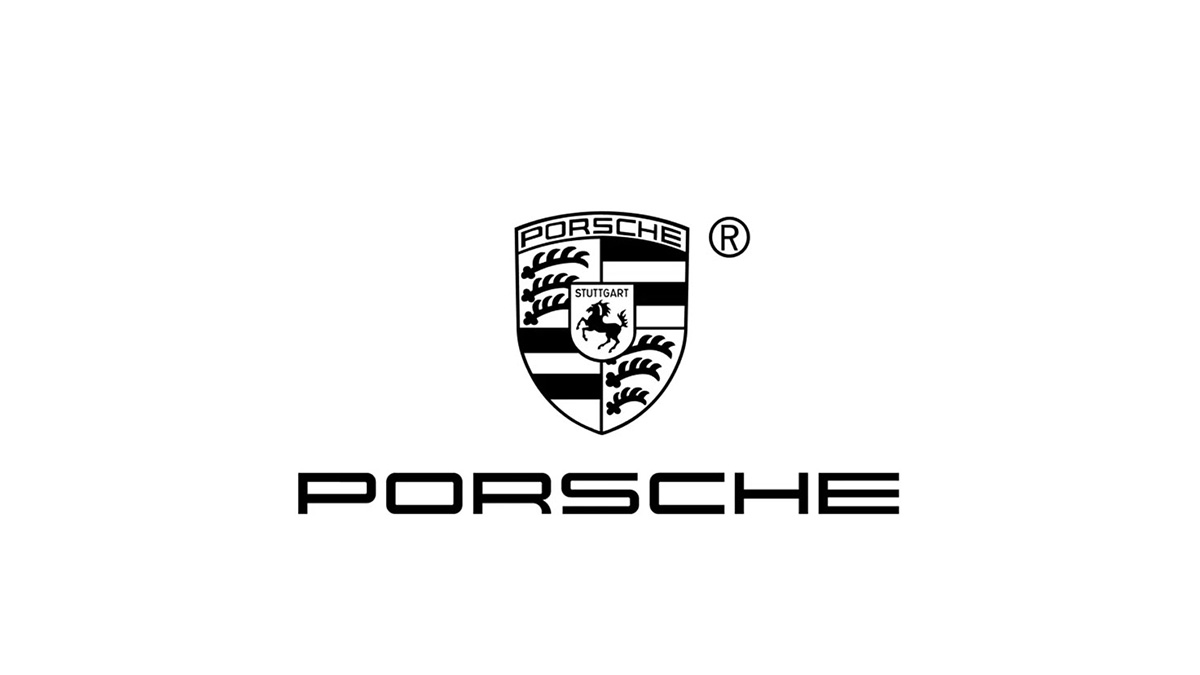BMW S55 Engine vs B58 and N55 Performance Comparison

When comparing the BMW S55, B58, and N55 engines, you’ll notice distinct differences in performance, reliability, and tuning potential. The S55 engine, with its twin-turbocharged design, delivers exceptional power and is ideal for track enthusiasts. On the other hand, the B58 offers a balance of robust low-end torque and smooth daily driving. Understanding these differences helps you choose the right engine for your needs, whether you prioritize high performance or a versatile driving experience.
主要收获
The S55 engine is great for speed and track driving.
The B58 engine gives smooth power and works well every day.
The N55 engine is dependable and cheaper for good performance.
You can tune the S55 for more power or upgrade the B58.
Knowing what each engine does best helps you pick wisely.
Overview of the BMW S55, B58, and N55 Engines
S55 Engine Overview
技术规格
The S55 engine represents BMW’s dedication to high-performance engineering. It features a 3.0-liter inline-six configuration with twin-scroll turbochargers, delivering exceptional power and responsiveness. With a displacement of 2,979 cc, this engine produces up to 503 horsepower in its most powerful variants. The S55 also incorporates advanced cooling systems and lightweight materials to handle the demands of track use.
Intended Use Case
The S55 was designed for BMW’s high-performance M models, such as the F80 M3 and F82 M4 Coupe. Its focus on top-end power and aggressive performance makes it ideal for track enthusiasts. If you prioritize speed and handling, this engine offers an exhilarating driving experience.
B58 Engine Overview
技术规格
The B58 engine debuted in 2015 as the successor to the N55. It features a 3.0-liter inline-six design with a single twin-scroll turbocharger. This engine delivers a balance of power and efficiency, with outputs ranging from 322 to 382 horsepower depending on the model. The B58 engine also includes an integrated water-to-air intercooler and a closed-deck design for improved durability.
Intended Use Case
The B58 engine caters to a broader range of BMW models, including the 3 Series, 5 Series, and X models. It excels in providing a smooth and versatile driving experience, making it suitable for daily driving. While not specifically designed for track use, it offers impressive performance for spirited driving.
N55 Engine Overview
技术规格
The N55 engine, introduced in 2009, was BMW’s first inline-six to use a single twin-scroll turbocharger. With a displacement of 2,979 cc, it produces up to 335 horsepower in its most powerful configurations. This engine earned recognition for its innovative design, winning multiple awards, including Ward’s 10 Best Engines from 2011 to 2013.
Intended Use Case
The N55 engine was developed as a versatile option for various BMW models, including the 1 Series, 3 Series, and 5 Series. Its ability to handle high G loads made it a popular choice for performance-oriented models. If you’re looking for a reliable and budget-friendly option, the N55 engine remains a solid choice.
Performance Comparison of S55, B58, and N55

Power Output and Acceleration
Stock Performance Metrics
When comparing the stock power output of the S55, B58, and N55 engines, you’ll notice significant differences. The S55 engine delivers between 405 and 503 horsepower, making it the most powerful of the three. The B58 engine produces 335 to 382 horsepower, offering a balance of performance and efficiency. The N55 engine, while innovative for its time, falls short in comparison, with lower power figures.
发动机 | 输出功率(马力) |
|---|---|
S55 | 405 – 503 |
B58 | 335 – 382 |
N55 | 不适用 |
Real-World Driving Dynamics
The S55 engine excels in acceleration and high-revving capabilities, making it ideal for track enthusiasts. You’ll find its aggressive performance thrilling, especially in models like the M4. The B58 engine, on the other hand, shines in daily driving scenarios. Its strong low-end torque provides smooth and versatile power delivery. The N55 engine offers a freer-revving experience but lacks the refinement and tuning potential of the newer engines.
Tuning Potential
S55 Tuning Capabilities
The S55 engine offers extensive tuning options. ECU tuning can unlock significant power gains, while upgrades like catless downpipes and E85 fueling enhance performance further. However, modifications may void warranties or increase emissions.
修改 | Effect | 局限性 |
|---|---|---|
ECU tuning | Adjusts parameters for more power, supports bigger turbos | May void warranty, not all options are street legal |
入场 | Improves airflow, enhances sound, slight power increase | Limited power gain compared to other mods |
Catless downpipes | Reduces backpressure, increases power and sound | Increases emissions, may trigger check engine lights |
Upgraded top mount intercooler | Reduces intake air temperatures, prevents heat soak | Requires proper installation to avoid issues |
E85 fueling | Allows for higher ignition timing and boost pressure | Requires upgraded fuel system components for higher power levels |
B58 Tuning Capabilities
The B58 engine stands out for its robust design, including a forged steel crankshaft and closed-deck block. These features allow it to handle higher boost levels, making it a favorite among enthusiasts. Its tuning potential surpasses the N55 engine, offering a reliable platform for performance upgrades.
发动机 | 设计特点 | Tuning Potential |
|---|---|---|
B58 | Forged steel crankshaft, closed deck block, improved fuel system | Superior, handles higher boost levels |
N55 | Cast crankshaft, open deck block, weaker charge pipe | Limited, less capable of high boost |
S55 | Not specified in detail | Not specified in detail |
N55 Tuning Capabilities
The N55 engine, while capable of moderate tuning, lacks the structural strength of the B58 and S55. Its open-deck block and weaker charge pipe limit its ability to handle high boost pressures. For budget-conscious enthusiasts, it remains a viable option for modest performance gains.
驾驶动态
轨道性能
The S55 engine dominates on the track. Its high-revving nature and reduced turbo lag make it a track-focused powerhouse. You’ll appreciate its aggressive character in models like the M4. The B58 engine, while not designed for track use, still offers impressive performance for spirited driving. The N55 engine, though capable, cannot match the precision and power delivery of the S55 or B58.
Daily Driving Experience
For daily driving, the B58 engine provides the best balance of power, efficiency, and reliability. Its smooth power delivery and low-end torque make it ideal for everyday use. The S55 engine, with its aggressive tuning, feels less refined in casual driving scenarios. The N55 engine offers a simpler, freer-revving experience but lacks the modern advancements of the B58.
Reliability and Maintenance of the S55, B58, and N55
常见问题
S55 Engine Problems
The S55 engine is a high-performance powerhouse, but it has its share of reliability concerns. You may encounter crank hub spinning, which can lead to timing issues. This problem often arises when the engine is tuned for higher power. Additionally, carbon buildup on intake valves is common due to the direct injection system. Regular walnut blasting can help mitigate this issue. Turbocharger failure, though less frequent, can occur under extreme conditions, especially in track-focused models like the M4.
B58 Engine Problems
The B58 engine is known for its durability, but it isn’t without flaws. Coolant loss is a recurring issue, often caused by leaks in the coolant system. You might also notice rough idling, which can stem from injector failure. While these problems are less severe than those of the S55, addressing them promptly ensures the engine’s longevity. The B58’s robust design makes it a reliable choice for daily driving and spirited performance.
N55 Engine Problems
The N55 engine, despite its innovative design, has several common issues. Cracked charge pipes and oil leaks from the valve cover gasket are frequent complaints. You may also face water pump failure or brittle coolant hoses, which can lead to overheating. High-pressure fuel pump failure and rod bearing wear are other concerns, especially in older models. These issues highlight the importance of regular maintenance for the N55 engine.
发动机 | 常见问题 |
|---|---|
S55 | Crank Hub Spinning, Carbon Buildup on Intake Valves, Turbocharger Failure |
B58 | Coolant Loss, Rough Idle, Injector Failure |
N55 | Cracked Charge Pipe, Valve Cover and Oil Filter Housing Gasket Oil Leaks, Water Pump Failure, Brittle Coolant Flanges and Hoses, High-Pressure Fuel Pump Failure, Rod Bearing Failure |
维护费用
日常维护
Routine maintenance costs vary across these engines. The S55 engine requires more frequent attention due to its high-performance nature. Oil changes, spark plug replacements, and valve cleanings are essential to keep it running smoothly. The B58 engine, designed for daily use, has lower maintenance demands. Regular oil changes and occasional injector cleanings are usually sufficient. The N55 engine, being older, may require more frequent repairs, especially for components like the water pump and charge pipe.
Long-Term Durability
Long-term durability depends on how well you maintain the engine. The S55 engine, when properly cared for, can handle high mileage, but its track-focused design means wear and tear occur faster. The B58 engine offers excellent durability, thanks to its closed-deck block and robust internals. It’s a solid choice if you want a reliable engine for years to come. The N55 engine, while capable of lasting long, often requires more repairs as it ages. Regular inspections and timely replacements can extend its lifespan.
Aftermarket Support and Upgrade Potential

S55 Engine Upgrades
Popular Modifications
The S55 engine offers a wide range of aftermarket modifications to enhance its performance. You can start with an upgraded downpipe, which can add up to 20 horsepower and 22 lb-ft of torque. Installing a heat exchanger helps maintain cooler intake temperatures, ensuring consistent performance during spirited driving or track use. Replacing the factory intercooler with a more efficient model improves reliability and power delivery. For those seeking extreme power gains, turbo upgrades can push the engine to over 700 wheel horsepower. Additionally, upgrading the crank hub is essential when increasing power to prevent potential engine failure.
Popular aftermarket options include the CTS Turbo 3″ Downpipe, CTS Turbo Heat Exchanger Upgrade Kit, and Pure Stage 2 Turbos. These modifications not only boost performance but also enhance the driving experience of models like the M4.
Availability of Parts
The S55 benefits from a well-established aftermarket ecosystem. Many parts are readily available, and you’ll find a variety of options to suit different budgets and performance goals. This extensive support makes the S55 a favorite among enthusiasts who enjoy tuning and modifying their engines.
B58 Engine Upgrades
Popular Modifications
The B58 engine has gained popularity for its robust design and tuning potential. Upgrades like high-flow downpipes, larger turbochargers, and custom ECU tunes can significantly increase power output. You can also install an upgraded charge pipe and intercooler to improve reliability under higher boost pressures. These modifications make the B58 a versatile platform for enthusiasts who want a balance of performance and daily drivability.
成本效益
While the B58 offers impressive tuning potential, its aftermarket support is still growing. Compared to the S55, the availability of parts is more limited, which can affect pricing. However, the B58’s strong internals and closed-deck block make it a cost-effective choice for achieving substantial power gains without requiring extensive internal modifications.
N55 Engine Upgrades
Popular Modifications
The N55 engine, though older, still offers a range of upgrade options. You can start with a high-flow downpipe and an upgraded charge pipe to improve airflow and reliability. ECU tuning provides moderate power gains, while turbo upgrades can push the engine closer to its limits. These modifications make the N55 engine a viable option for budget-conscious enthusiasts.
Limitations Compared to Newer Engines
The N55 engine’s open-deck block and weaker internals limit its ability to handle high boost pressures compared to the S55 and B58. While it remains a solid choice for modest performance upgrades, it lacks the structural strength and tuning potential of newer engines. This makes it less appealing for those seeking extreme power levels.
燃油效率和环境影响
燃油经济性比较
EPA Ratings and Real-World MPG
When comparing the fuel economy of the S55, B58, and N55 engines, you’ll notice distinct differences. The S55 engine, designed for high performance, sacrifices fuel efficiency for power. Models equipped with this engine typically achieve around 17-20 MPG in combined driving conditions. The B58 engine, on the other hand, balances performance with efficiency. It delivers an impressive 25-30 MPG in real-world scenarios, depending on the model and driving habits. The N55 engine falls between these two, offering approximately 22-26 MPG. While it lacks the advanced efficiency technologies of the B58, it remains a practical choice for daily driving.
Impact of Tuning on Efficiency
Tuning can significantly affect fuel efficiency across these engines.
The S55 engine benefits from tuning that optimizes fuel delivery and ignition timing. However, its high-performance nature inherently limits efficiency gains.
The B58 engine, with its advanced design, responds well to tuning. You can achieve better fuel economy without sacrificing performance.
The N55 engine, while tunable, often sees minimal efficiency improvements due to its older technology.
Emissions and Environmental Considerations
Compliance with Standards
BMW designed all three engines to meet strict emissions standards. The B58 engine stands out with its advanced emissions control systems, including a particulate filter in some models. This makes it one of the cleanest options in BMW’s lineup. The S55 engine, while compliant, produces higher emissions due to its focus on power. The N55 engine, being older, may struggle to meet newer standards without modifications.
Environmental Impact of Modifications
Modifications can impact emissions and environmental performance. Upgrades like catless downpipes on the S55 or N55 engines increase power but also raise emissions. The B58 engine, with its efficient design, handles modifications better while maintaining lower emissions. If you prioritize environmental responsibility, consider keeping modifications minimal or opting for emissions-compliant upgrades.
Choosing the right BMW engine depends on your priorities. The S55 engine delivers exceptional performance with its aggressive character and high power output, making it perfect for track enthusiasts. If you prefer a balance of power and adaptability, the B58 offers a versatile driving experience with lower maintenance demands. For budget-conscious buyers, the N55 engine remains a reliable option, especially for older models. Each engine caters to different needs, so aligning your choice with your driving style and goals ensures the best experience.


